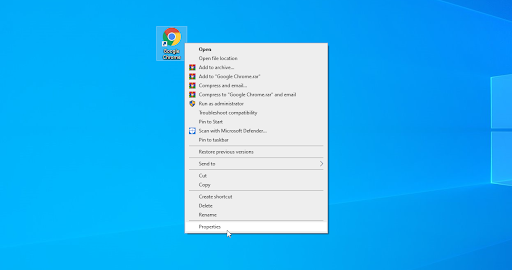


If you’re used to using the controls on a window’s title bar to move, manipulate, or otherwise deal with the application, you’re kind of out of luck. Select any position, and the taskbar will instantly move from its default location.Every once in a while for a variety of reasons, it’s possible for a window to get positioned such that its title bar – the bar across the top of the window with the program name as well as the Minimize, Maximize, and Restore buttons – is off the screen, becoming both impossible to see and impossible to click on using the mouse.Īlmost as common are windows that are completely off screen – perhaps due to unplugging a second monitor before moving all windows back to the remaining screen. Scroll down to Taskbar location on screen and click the drop-down. To do this, go to Settings > Personalization > Taskbar. Disable all the third-party Start menu customization app installed on your PC and check for any improvements.Īlternatively, if you don’t want to auto-hide the taskbar, try changing its position. However, these customization tools sometimes can conflict with the taskbar functionality. You can replace Windows 10 Start menu with third-party applications. Disable Start Menu Customization Utilities Then, open the pinned app in fullscreen, and the taskbar should hopefully not bother you again.ģ. If it is not already pinned, right-click on the app you want to use in fullscreen mode, and select Pin to taskbar. Going back and forth a few times seems to have worked for many users. Try to minimize and maximize the fullscreen app window a few times. When it minimizes, click on the app icon again to maximize the app. If you still can’t get rid of the taskbar in fullscreen, here are a few workarounds recommended by Windows 10 users on several tech forums.Ĭlick on the app icon in the taskbar which still displays the bar while in fullscreen. 4 Workarounds to Temporarily Hide Taskbar in Fullscreen


 0 kommentar(er)
0 kommentar(er)
